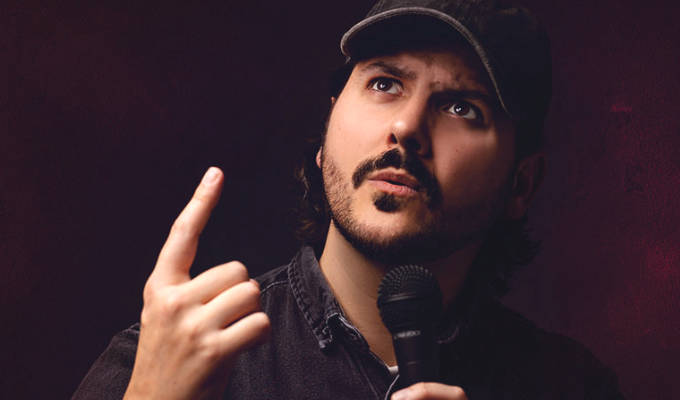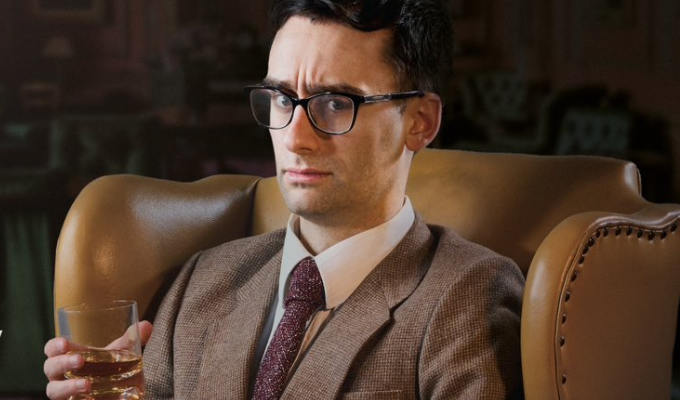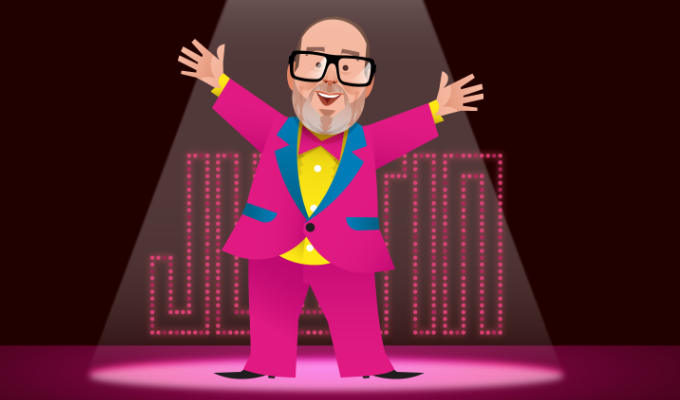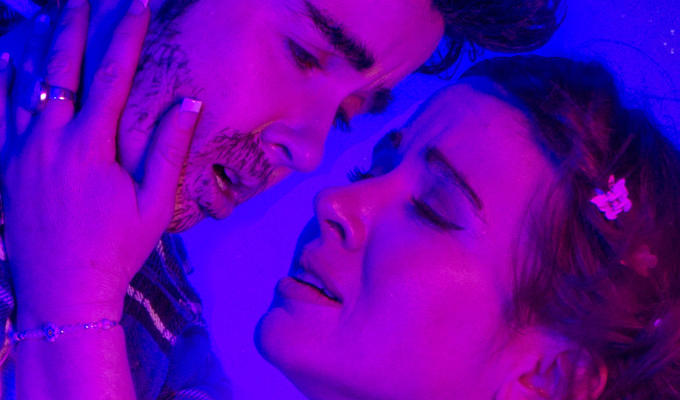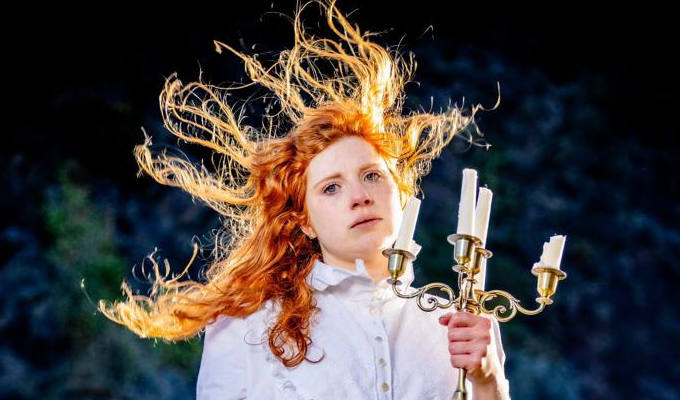
Eleanor Morton: Haunted House
Edinburgh Fringe comedy review
The medieval walls of Edinburgh conceal a host of chilling ghost stories, which Eleanor Morton evokes in her atmospheric, partially candle-lit show. Performing in this dank basement in a Victorian nightdress, she shares some spooky spectral tales as she stands alongside an exquisite and intricate haunted doll’s house.
After seven previous Fringe shows hitting the expected touchstones – trauma, family, mental health - this is, she says, her ‘basic bitch’ offering, appealing to the same insatiable public curiosity that keeps these city streets full of ghost tours, even if she’s agnostic about the supernatural herself.
But that simplification about her intent is a misdirection, as there are real ghosts in Edinburgh. Maybe not the restless spirits of the dead, but emotional echoes of terrible incidents from Fringes past. Truly disturbing stories to make your flesh crawl, and which gives Haunted House a decidedly solemn element.
This topic necessitates a harsh shift in tone from Morton’s generally unfussy conversational style, but it’s an important one, which presumably the rest of the show was engineered around.
Edinburgh itself is a major character, for it’s Morton’s hometown, and she offers a rare, sobering view of how the Fringe impacts the people who live here, especially as it comes from an eager long-term participant who loves the festival, not just a grouch who wants the whole overwhelming inconvenience gone.
Not that the Fringe is the only thing that imposes itself on Edinburgh. Morton dislikes JK Rowling as much for how the city has been turned into a Harry Potter theme park as for her views on trans people.
Before we get to the meat of the hour, the comic mixes ghost tales with unconnected anecdotes about her father – autistic, she’s sure, without needing any diagnosis – being taunted at school, gentrification, and US immigration. They are not rip-roaring, but smart and tart, occasionally forming into a jabby punchline.
Each chapter ends with the unveiling of a room in the doll’s house, painstakingly built by Julia Cloughley Sneddon, and a recording of someone recalling a spooky tale – all of which add to the ambience.
There’s also a running gag about the tropes of ghost stories which provides a silly climax, clearing the air after hearing the darker tales which expose who really needs to be haunted around here.
Review date: 20 Aug 2024
Reviewed by: Steve Bennett
Reviewed at:
Monkey Barrel Comedy Club




